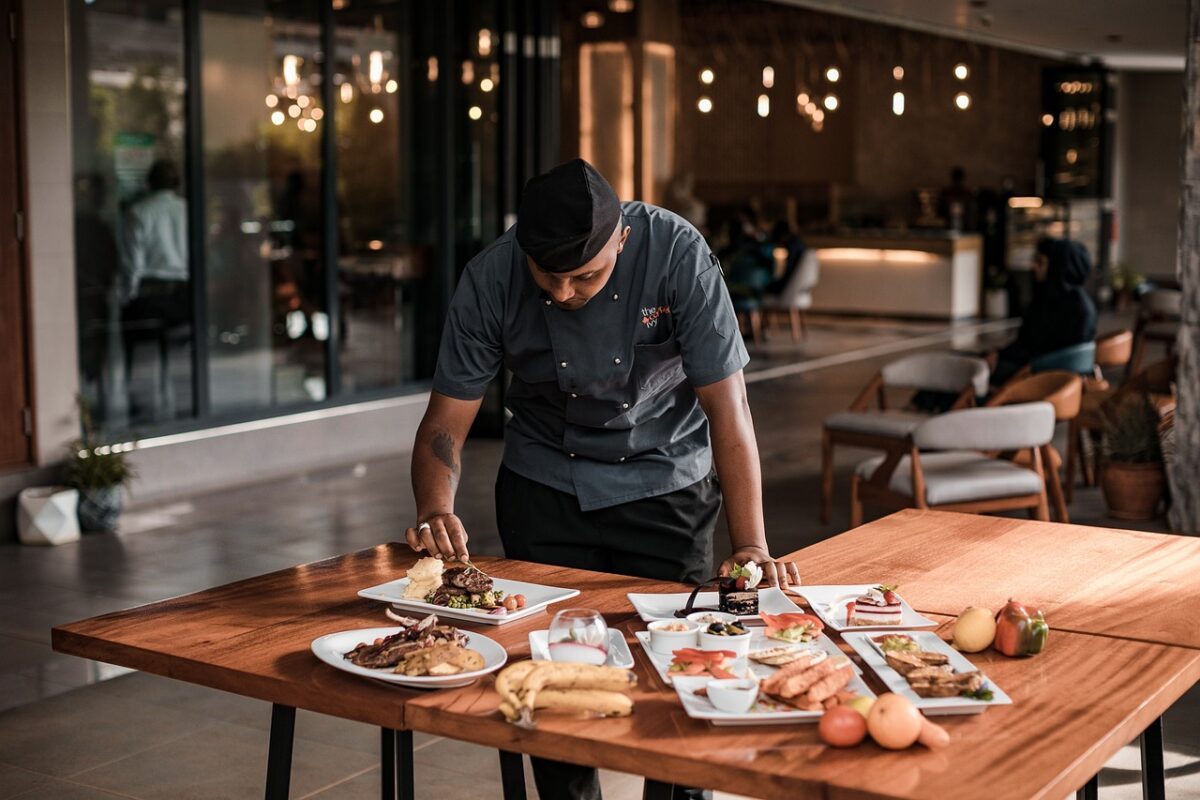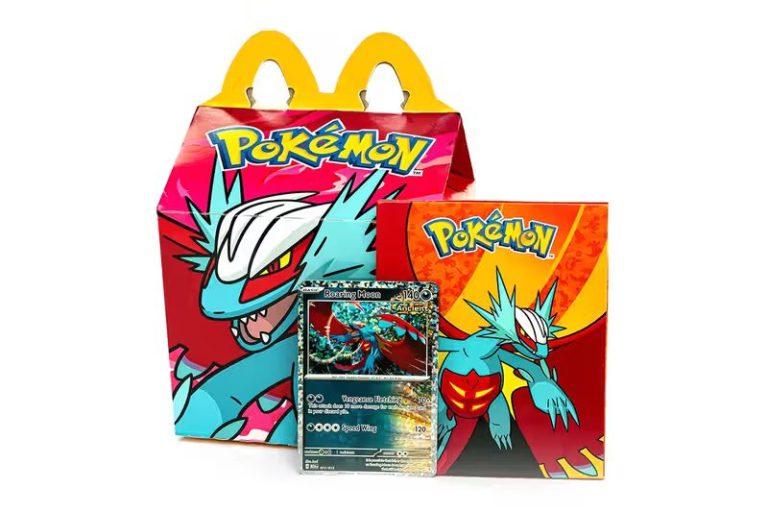HOW TO START YOUR FOOD BUSINESS TODAY : 10 SECRET STEPS
Steps to Launch a Food Business: Real Advice for Beginners

You want to start your food business, right? Maybe you want to open a burger joint or you’re dreaming big—like building something on the scale of Albaik. Well, let me tell you—starting a successful food business is no walk in the park. But with the right steps, you can make it happen. I’ve been down this road a few times, helped many entrepreneurs, and picked up valuable lessons (and stories) that I’m about to share with you.
Step 1: Know Your Market (Trust Me, This Matters)
Even if your food is incredible, if no one wants to eat it, you’re in trouble. I learned this the hard way when a close friend opened a high-end food business selling cupcakes in an area where people preferred simpler options. Fancy didn’t work. So, before you even start cooking up your recipes, make sure you understand what your local food business market wants.
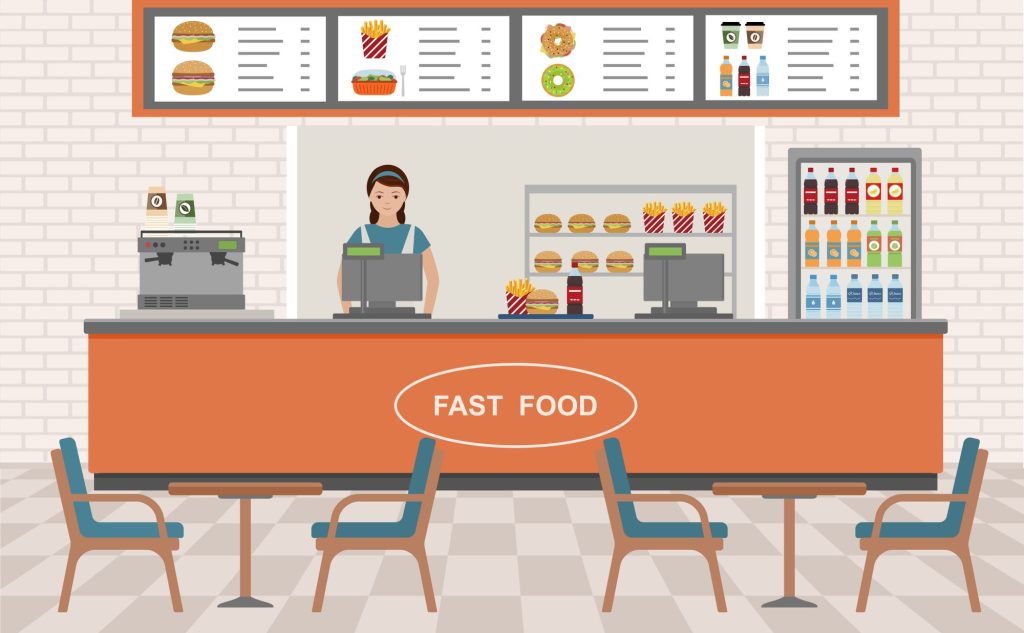
What You Need to Do:
Visiting nearby restaurants or food trucks can provide valuable insights into what’s trending in your area. This research will help you avoid costly mistakes later on when you start your food business.
Step 2: A Simple Business Plan Can Save You Headaches
You don’t need a 50-page business plan with charts and graphs, but you do need some sort of business plan to start your food business. Trust me, you’ll thank yourself later.
For example, my cousin opened a food truck with great food but no plan. Winging it led to costly mistakes—especially when it came to budgeting. He ran out of money because he hadn’t considered all expenses like marketing and restaurant equipment.

Your Business Plan Should Cover:
Step 3: Location – Don’t Skip This Part
You could have the best food in town, but if no one can find your restaurant location, it won’t matter. One of the restaurants I worked with had everything but picked a bad location, far from any foot traffic. Cheap rent wasn’t worth it.

Key Things to Consider:
Step 4: Get Your Permits Early (Seriously, Don’t Wait)
This part isn’t fun, but it’s essential. You’ll need licenses and permits, and you’ll want them before you open. I’ve seen businesses delayed because they didn’t get health permits in time, costing them momentum and money.

Common Permits You’ll Need:
Getting these sorted early will avoid last-minute headaches when you’re ready to launch your food business.
Step 5: Build a Brand That People Will Love
Your brand sets you apart from the competition. I once worked with a burger joint that branded itself around using locally sourced ingredients. Customers didn’t just come for the food; they connected with the restaurant’s brand story.
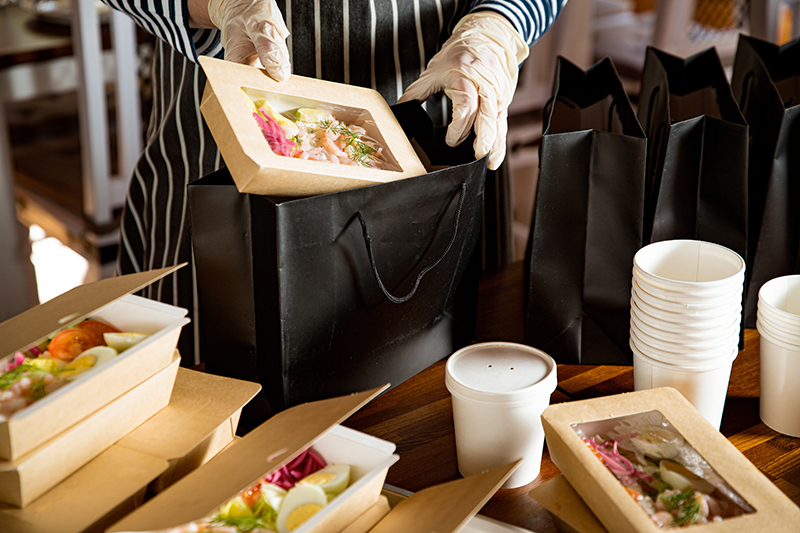
Branding Checklist:
Albaik is a great example. Their brand is built around affordable, high-quality food, and people love them for it.
Step 6: Start With a Simple Menu
When you start your food business, less is more. I worked with a fast-casual restaurant that tried offering everything from burgers to salads. The result? The kitchen was overwhelmed, and quality suffered.

Pro Tip: Start small. Focus on a few key dishes and make them amazing. As your food business grows, expand the menu.
Step 7: Hire the Right People (Not Just the Most Experienced)
Your employees represent your brand, so hire wisely when you start your food business. I’ve seen restaurants with amazing chefs but poor customer service teams that drove customers away.
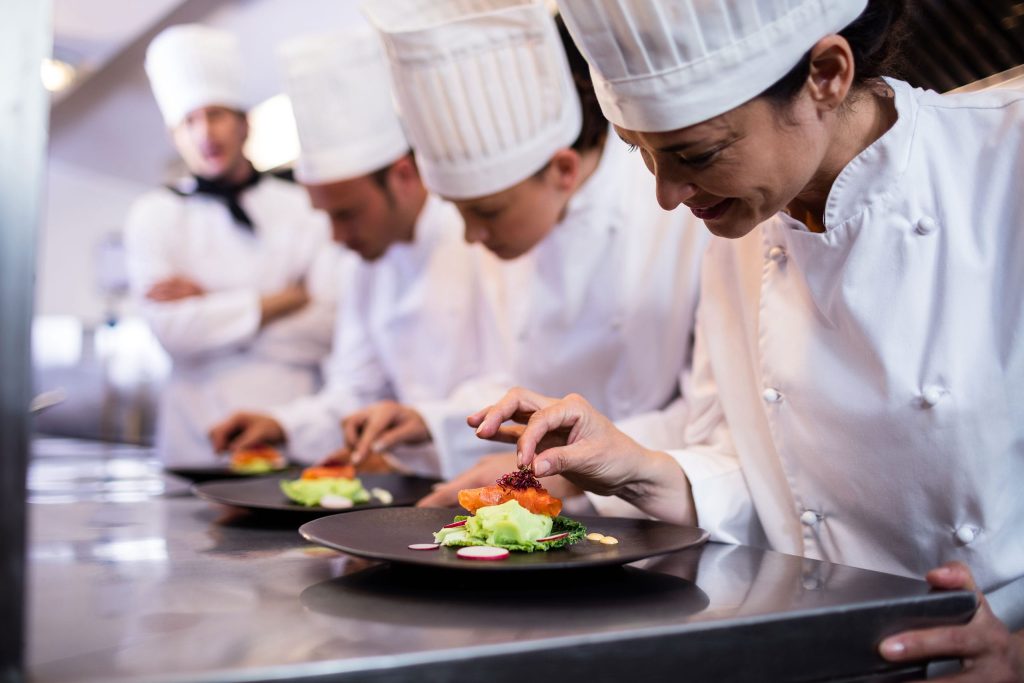
My Advice: Hire people who fit your brand. Train them well. A motivated, well-trained team can turn one-time visitors into loyal regulars.
Step 8: Start Small, But Market Big
Even if you’re starting a small café or food truck, think big with your marketing while start your food business.
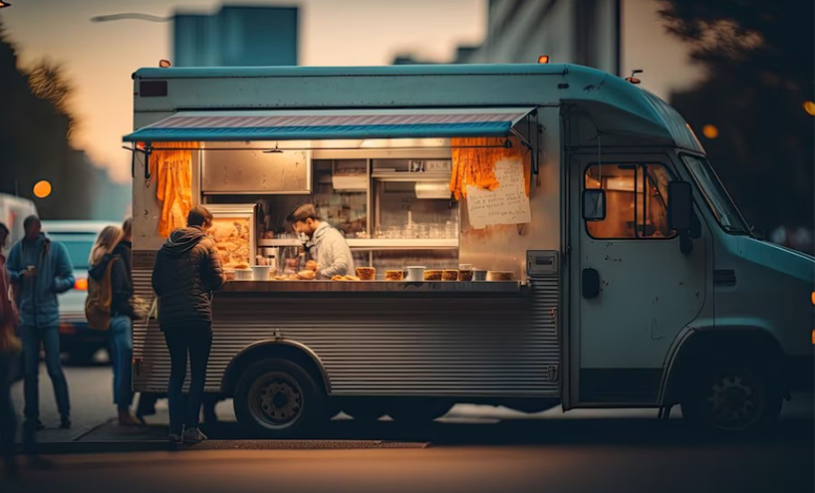
How to Market Smart:
Step 9: Focus on Customer Service
People remember how they’re treated just as much as the food. When you open your doors, ensure you’re offering more than just great meals—provide a fantastic experience. Places like Albaik succeed because of their consistent customer experience.
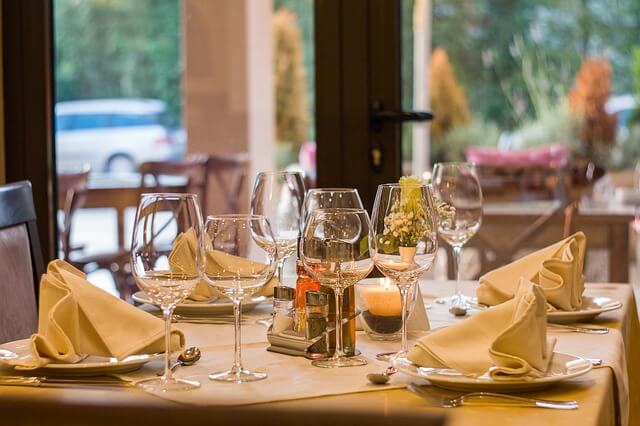
Step 10: Plan for Growth
Once your business is up and running, it’s time to think about the future. Whether you want to open more locations, expand your menu, or start a food truck, plan for steady growth after starting your food business.
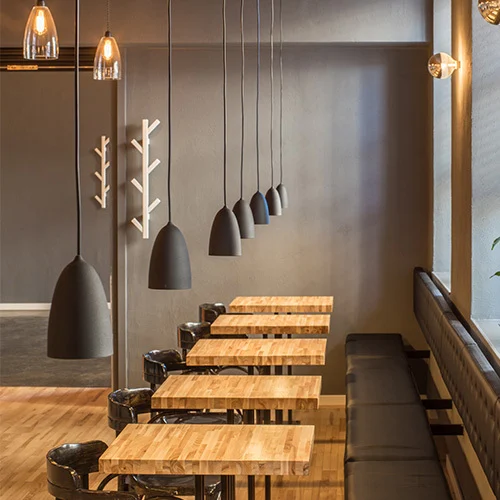
My Advice: Grow gradually. Businesses like Albaik took their time to expand, perfecting their processes before growing too fast.
Final Thoughts
Starting your food business is no easy task, but with passion, careful planning, and grit, you can turn your dream into reality. Whether you aim for a small café or create the next Albaik, follow these steps, stay focused, and always learn from your experiences. Good luck with your food business—now go make something amazing!

